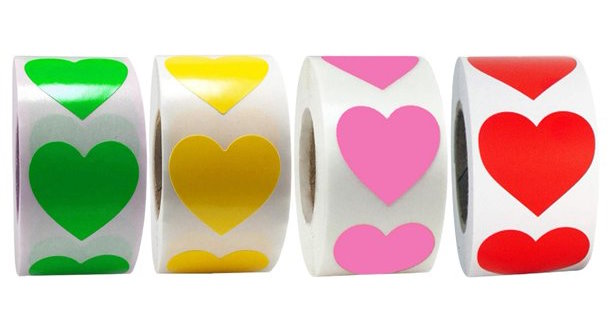Yoga Calm Fundamentals: Using Rewards
It’s hard to believe that this year will mark the 15th anniversary of this blog! Recognizing that fact, we thought it would be fun to reach way back into the archives and share one of our earliest posts. We...

It’s hard to believe that this year will mark the 15th anniversary of this blog! Recognizing that fact, we thought it would be fun to reach way back into the archives and share one of our earliest posts. We settled on this one from November 2008, which has not lost a bit of relevance over the years…
Recently, Jim and I were struggling with our weekly Children’s Program class. We had a few children who were having trouble getting themselves under control, and they, in turn, would throw the whole class off – a not uncommon experience for any classroom teacher! While each situation is different, a few questions arose for us with this particular group of 7 to 12 year olds. First, what could these children reasonably control and how would we measure it? Second, was the novelty of the class wearing off and the students getting a bit bored with the routine?
It was time to provide a little incentive to help them motivate.
So the following week, I made a slip of paper with each child’s name printed carefully in calligraphy. I told them at the beginning of the class that today they were going to work for a reward, and then I showed them a basket of “prizes” I had brought in. I said that we don’t give out rewards easily, so they were going to have to work on some specific behaviors during the class – things like demonstrating a good attitude and using the Positive Self Talk on our Ground Rules poster, practicing ignoring when others are acting out, and following directions. I then showed them a sheet of heart stickers and told them that the stickers represented their strength and ability, and that there would be several opportunities to win a sticker, which we’d place on their slip of paper. “If you earn six heart stickers by the end of class,” I said, “you get to choose a prize from the basket.” The students were hooked.
Now, I have heard both teachers and parents express concern about using rewards to motivate children. But let’s face it: rewards work. People need motivators in life, whether it’s receiving recognition or getting a raise, or simply the reward of feeling good about oneself. It’s their overuse that can be particularly detrimental. Overuse reinforces the idea that you have to be rewarded for everything you do. But used intermittently, rewards can help children develop intrinsic motivation. For while some children have families that have taught them good habits or have personalities that naturally respond to the inherent rewards in things like reading, math and social interactions, others are not so fortunate. Then the use of intermittent rewards can be highly effective in practicing positive behavior and developing good habits.
We wanted to vary the reasons we gave the heart stickers so that we were rewarding several different kinds of behavior. So we asked them to hold poses longer, to work together to support one another, to wait, to go back to their mats when requested and to practice the Mat 20 flow without complaining. They also practiced ignoring skills with Animals in the Forest, with Jim doing everything he could do to get them to laugh and not one of them laughed! Even as he did his best elephant impersonation and funniest dance, they held their composure and supported each other.
I was impressed! By the end of class, all students had earned their “prize,” and they felt good about the work they had done.
Resources: The Motivation Breakthrough by Rick Lavoie

 JimMin
JimMin 































